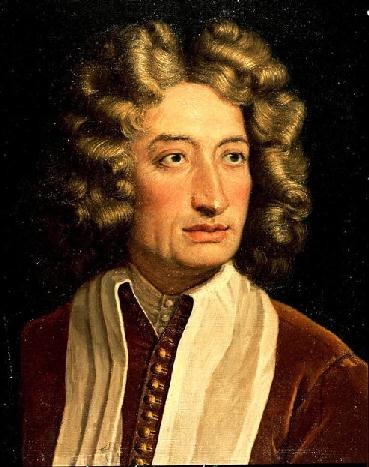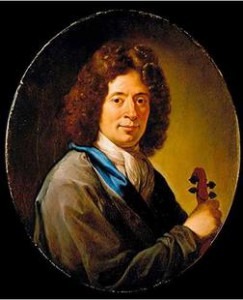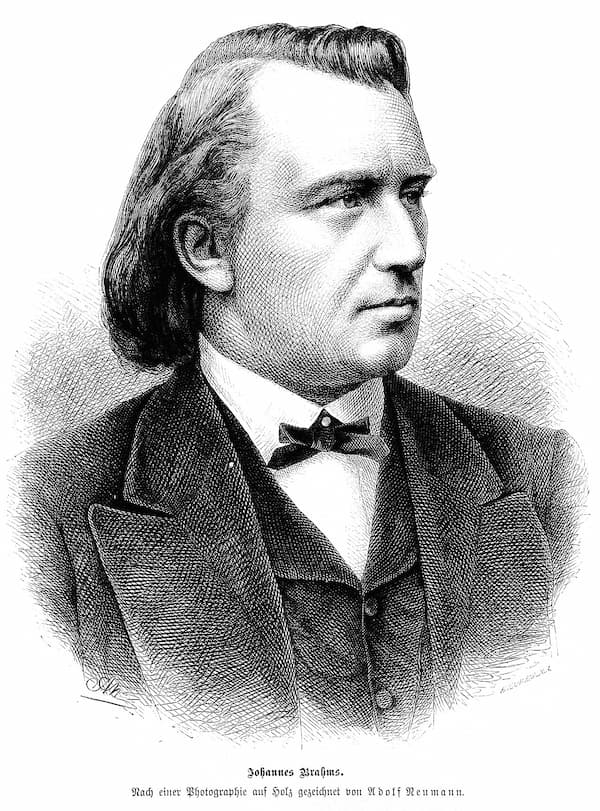
Maurizio Cazzati
Maurizio Cazzati: Sonata Settima la Rossella, Op. 18
Arcangelo Corelli studied with a number of master violinists in Bologna. At age 17, he was admitted to Bologna’s prestigious Philharmonic Academy, an honor later extended to the 14-year old Mozart. Following in the footsteps of Cazzati and others, Corelli initially composed instrumental sonatas in several sections and movements in contrasting tempos and textures. These works are scored for two to four solo instruments and supported by the basso continuo. Corelli only published his first three sets of music in Rome in 1681, 1685 and 1689, respectively, yet his nickname “Il Bolognese” is nevertheless prominently featured on the title pages of these publications.
Arcangelo Corelli: Sonata in B-flat Major, Op. 3, No. 3

Arcangelo Corelli
Carlo Antonio Marino: Sonata, Op. 6, No. 7
The sonata da camera (chamber sonata) generally consisted of a collection of stylized dances. Most commonly scored for two treble instruments — the great majority of them violins — and the basso continuo. Dedicated to his patron and lover Cardinal Ottoboni, Corelli published his final collection of trio sonatas in 1694. This set of twelve sonatas established Corelli’s music as the paradigm in the definition of the chamber sonata. The featured dances — Allemanda, Corrente, Sarabanda, Gavotta, and Giga — also became essential components of subsequent “Suite” compositions.
Arcangelo Corelli: Sonata in A major, Op. 4, No. 4
Please join me next time when we take a closer look at Corelli’s solo sonatas and his concerti grossi, which many consider to be Corelli’s finest works.


